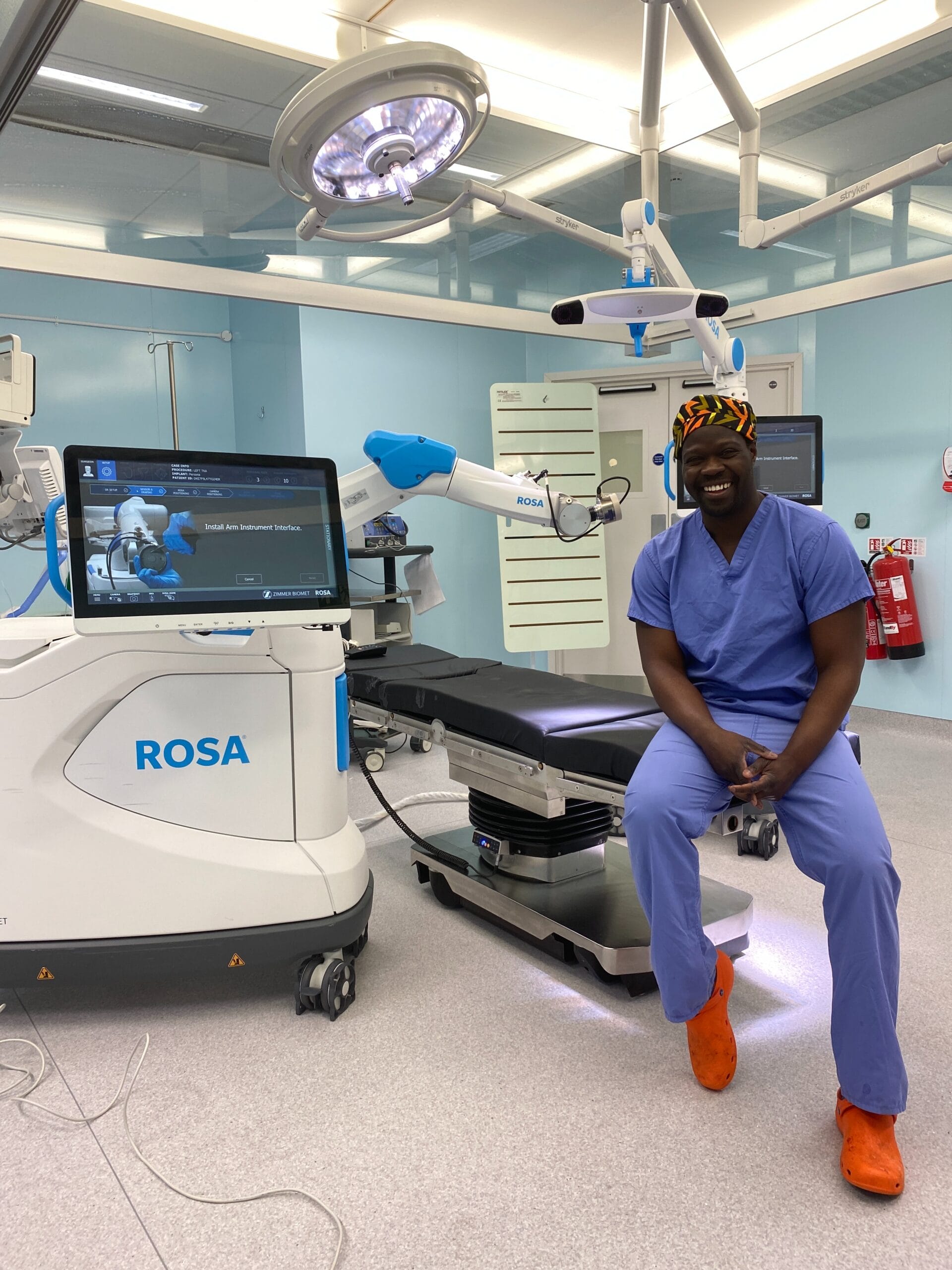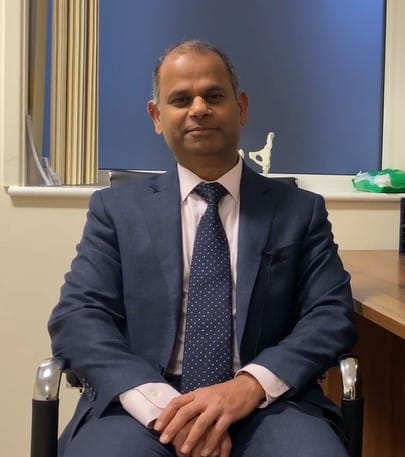Did you know that it is possible to do joint replacements for fingers?
You probably know at least one person who has had a hip or a knee replacement for arthritis. Similar technology, on a much smaller scale, is available for finger joints which become painful as a result of arthritis.
The hands are a very common place to get arthritis due to them consisting of 27 bones each separated with cartilage. The most frequently affected joints are those in the fingers. However, a finger joint replacement is much less common than hip and knee replacements due to the miniature size of the of finger joints. Despite this, the pay off for a patient suffering from severe arthritis can make this a very worthwhile option for treatment.
There are three joints in each finger – the joint at the base of the finger, the joint in the middle of the finger, the joint closest to the fingertip. Arthritis can affect any of these three joints, it can affect a single joint on a single finger or several joints and fingers. It will cause various combinations of pain, deformity and loss of movement. Pain and loss of movement can have a serious impact on everyday life and make simple tasks such as making a cup of tea or writing very difficult. Arthritis is typically easy to diagnose based on the symptoms and the appearance of the finger. X-rays help to confirm the diagnosis. Arthritis pain is often noted for the first time after a minor knock or sprain which takes longer than expected to settle down.
Before considering surgery painful finger joints may respond to painkillers applied as creams or taken by mouth. Pain killing injections (steroids) may be given directly into joints in clinic when you see a hand specialist at The Horder Centre. If pain persists despite the use of painkillers it may be time to think about an operation which offers long term pain relief in at least 90% of cases. The decision to get a finger joint replacement is largely down to the level of pain caused and how much this impacts on everyday life.
There are two types of operation which are helpful for arthritic fingers: Fusing the joint (arthrodesis) or joint replacement (arthroplasty). These are day case operations which can usually be done by ‘awake surgery’ using local anaesthetic. It could be that some patients will have more than one finger joint replacement in a single operation. A small incision is made in the finger, the damaged joint is removed and the artificial joint is inserted. The artificial joint is made of silicone plastic, metal or ceramic. It functions in the same way as a healthy joint, a bit like a hinge on a door, although the movement is typically about half the range in a healthy joint. Alternatively, fusing the joint means that it is set in a fixed position and no further movement is possible. Both types of operation reliably remove the pain from arthritis but of course have different results regarding the freedom of movement in the hand.
After surgery, some hand physiotherapy is necessary for several weeks and protective splints are often required during this period but typically these may be removed at times to do light activities as well as physiotherapy exercises. After about 8-10 weeks patients should be able to resume usual activities including golf, tennis and gardening, for example.
What makes Horder Healthcare unique
Horder Healthcare is committed to providing the very best quality of care for our patients and customers. We are continuously working on improving and reducing risks and this is reflected in our consistently high CQC results, patient satisfaction questionnaires and minimal levels of infection.
We are a charity
We reinvest our profit to benefit more people and help us achieve our aim of advancing health.






